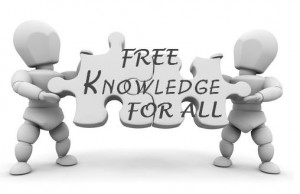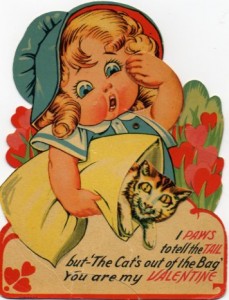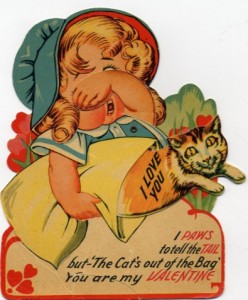 This year, rise above the standard resolutions that make you feel better about yourself (lose weight, drink more water, exercise) and do something that will make others feel good about you: Resolve to share your knowledge with co-workers, colleagues, family and friends.
This year, rise above the standard resolutions that make you feel better about yourself (lose weight, drink more water, exercise) and do something that will make others feel good about you: Resolve to share your knowledge with co-workers, colleagues, family and friends.
It begins with a simple statement: “I resolve…to share more of my knowledge…with others.” The end result: When you give more, you get more in return.
You have been living in the Information Age for more than two decades now, and yes, people can find information on the Internet with a quick click of the mouse. However, the most meaningful information that you can give (and receive) comes through human contact, old-fashioned face-to-face interpersonal communication.
In your profession, you glean valuable information through your lived experience. That’s something that you cannot find on a spreadsheet or in a PowerPoint presentation. You share that information by telling your story. “When I started at this company ten years ago, we didn’t have a marketing director. Now we are shipping our products to 39 countries worldwide.” It’s that personal information that puts things into perspective for the listener.
Today, there are still some people who choose not to share their knowledge with others because they fear that someone else may assume their position. It sounds something like this: “It took me 25 years to get to where I am in this company. If anyone thinks I’m going to simply share all of my knowledge, well, they’re wrong!” This type of scarcity thinking holds those people back from greater achievement in their career and in life. Imagine the kind of work environment they could create if they became more inclusive and collaborative in their thinking and sharing of information. It positions them as true leaders who want others to succeed. They invest their time sharing their knowledge so that others can perform better on the job. What a concept.
Sharing your knowledge with others positions you as:
*Inclusive
*Caring about the success of others
*Collaborative
*Unselfish
*Giving
*Professional
As you think about the tremendous knowledge that you possess, think specifically about the kind of knowledge that you can (and will) share with the people around you. They will appreciate it for two reasons: 1) You have shortened their learning curve or 2) You have given them a critical piece of information that allows them to do their job.
Deliberately holding back information out of fear is so outdated. Share your knowledge with others and see how positively people will respond to you. Your giving will come back to you ten-fold.
Begin with the question: What knowledge can I share with others?










